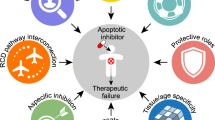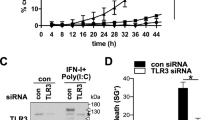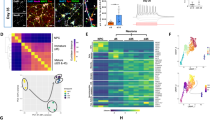Abstract
Caspases are crucial mediators of programmed cell death (apoptosis). Among them, caspase-3 is a frequently activated death protease, catalyzing the specific cleavage of many key cellular proteins. However, the specific requirements of this (or any other) caspase in apoptosis have remained largely unknown until now. Pathways to caspase-3 activation have been identified that are either dependent on or independent of mitochondrial cytochrome c release and caspase-9 function. Caspase-3 is essential for normal brain development and is important or essential in other apoptotic scenarios in a remarkable tissue-, cell type- or death stimulus-specific manner. Caspase-3 is also required for some typical hallmarks of apoptosis, and is indispensable for apoptotic chromatin condensation and DNA fragmentation in all cell types examined. Thus, caspase-3 is essential for certain processes associated with the dismantling of the cell and the formation of apoptotic bodies, but it may also function before or at the stage when commitment to loss of cell viability is made.
Similar content being viewed by others
Article PDF
Author information
Authors and Affiliations
Corresponding author
Additional information
Edited by G. Salvesen
Rights and permissions
About this article
Cite this article
Porter, A., Jänicke, R. Emerging roles of caspase-3 in apoptosis. Cell Death Differ 6, 99–104 (1999). https://doi.org/10.1038/sj.cdd.4400476
Received:
Revised:
Accepted:
Published:
Issue Date:
DOI: https://doi.org/10.1038/sj.cdd.4400476
Keywords
This article is cited by
-
Environmental aluminum oxide inducing neurodegeneration in human neurovascular unit with immunity
Scientific Reports (2024)
-
Developmental loss of NMDA receptors results in supernumerary forebrain neurons through delayed maturation of transit-amplifying neuroblasts
Scientific Reports (2024)
-
A QSAR and similarity search based on 1,2-benzisothiazol-3-ones to identify potential new inhibitors of caspase-3
Structural Chemistry (2024)
-
Apoptosis and eryptosis: similarities and differences
Apoptosis (2024)
-
Early growth response 2, a novel target of pelvic organ prolapse, is highly expressed in anterior vaginal wall tissues with pelvic organ prolapse
Histochemistry and Cell Biology (2024)



